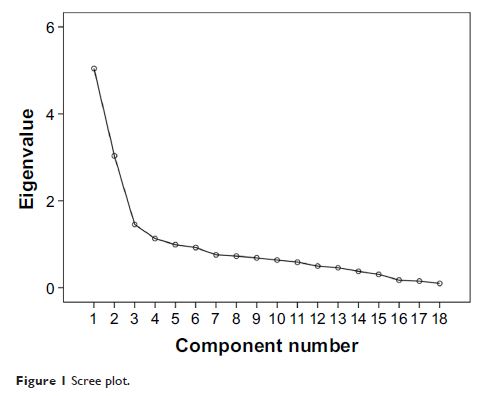108605
论文已发表
注册即可获取德孚的最新动态
IF 收录期刊
- 3.4 Breast Cancer (Dove Med Press)
- 3.2 Clin Epidemiol
- 2.6 Cancer Manag Res
- 2.9 Infect Drug Resist
- 3.7 Clin Interv Aging
- 5.1 Drug Des Dev Ther
- 3.1 Int J Chronic Obstr
- 6.6 Int J Nanomed
- 2.6 Int J Women's Health
- 2.9 Neuropsych Dis Treat
- 2.8 OncoTargets Ther
- 2.0 Patient Prefer Adher
- 2.2 Ther Clin Risk Manag
- 2.5 J Pain Res
- 3.0 Diabet Metab Synd Ob
- 3.2 Psychol Res Behav Ma
- 3.4 Nat Sci Sleep
- 1.8 Pharmgenomics Pers Med
- 2.0 Risk Manag Healthc Policy
- 4.1 J Inflamm Res
- 2.0 Int J Gen Med
- 3.4 J Hepatocell Carcinoma
- 3.0 J Asthma Allergy
- 2.2 Clin Cosmet Investig Dermatol
- 2.4 J Multidiscip Healthc

用普通话进行艾滋病毒披露工具所导致后果的心理测试:一项关于中国湖南省艾滋病病毒感染者的横断面研究
Authors Xiao X, Zhao J, Tang C, Li X, Simoni JM, Wang H, Fennie KP
Received 18 March 2018
Accepted for publication 25 May 2018
Published 17 August 2018 Volume 2018:12 Pages 1451—1459
DOI https://doi.org/10.2147/PPA.S168571
Checked for plagiarism Yes
Review by Single-blind
Peer reviewers approved by Dr Colin Mak
Peer reviewer comments 3
Editor who approved publication: Dr Naifeng Liu
Purpose: This study aimed to examine the psychometric properties of a Mandarin-language version of an instrument that assesses the Consequences of HIV Disclosure (CoHD).
Patients and methods: The original CoHD instrument developed by Serovich was translated into Mandarin and administered to a random sample of 184 persons living with HIV (PLWH) using face-to-face and structured interviews. The CoHD instrument required respondents to rate the importance of eight costs (eg, might lose the relationship) and ten rewards (eg, would bring us closer) in their decision about whether to self-disclose their HIV status. The participants were directed to respond with respect to a current (or hypothetical) sexual partner.
Results: Internal consistency was acceptable (Cronbach’s α for the overall scale 0.82, costs 0.71, and rewards 0.86), as was stability (test–retest reliability overall 0.74, cost 0.63, and rewards 0.82). The CVI for the scale was 0.83, with items rated by subject experts ranging from 0.80 to 1.0. To determine structural validity, exploratory factor analysis extracted two subscales consistent with the original CoHD subscales. The Mandarin CoHD scores were significantly correlated with disclosure self-efficacy (indicating convergent validity), but they were unrelated to safer sex efficacy (indicating divergent validity). This criterion was tested by comparing the scores of PLWH who disclosed their HIV status (mean±SD 53.57±9.06) with those who did not disclose it (mean±SD 49.63±7.45); however, the difference was not statistically significant.
Conclusion: The Mandarin version of the CoHD instrument demonstrates promising psychometric properties when assessing costs and rewards with respect to sexual partner disclosure. This suggests that it might be useful in research on partner notification strategies. In further studies, larger and more diverse samples and an analysis of responses for different disclosure targets are warranted. Moreover, whether the CoHD score is related to the decision of disclosure should be determined.
Keywords: HIV, self-disclosure, sexual partner, partner notification, psychometric analysis, Chin
